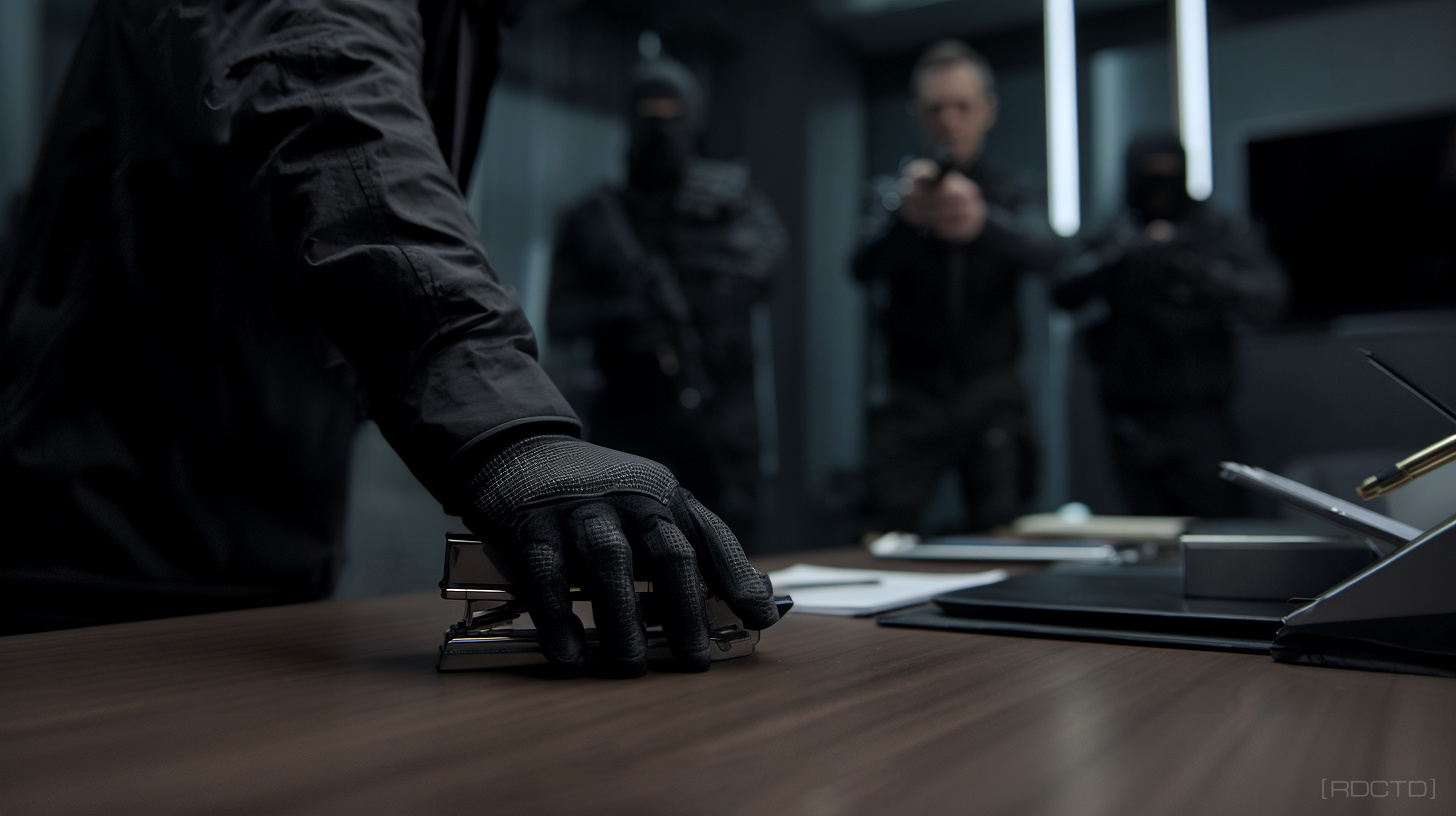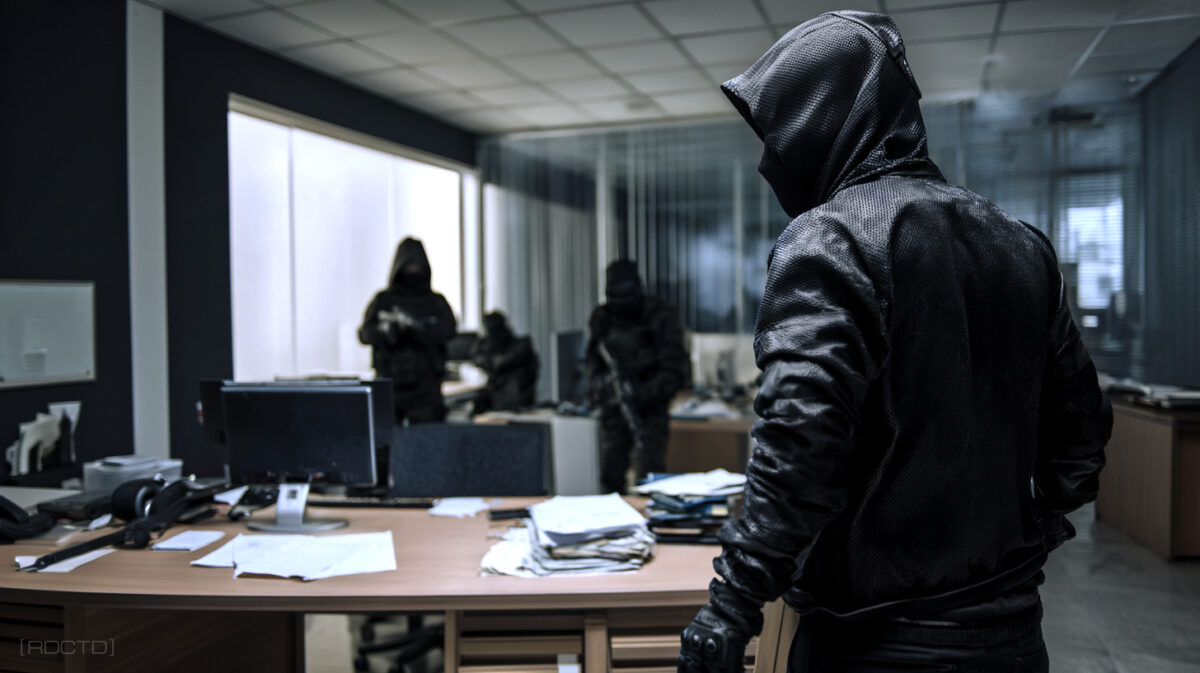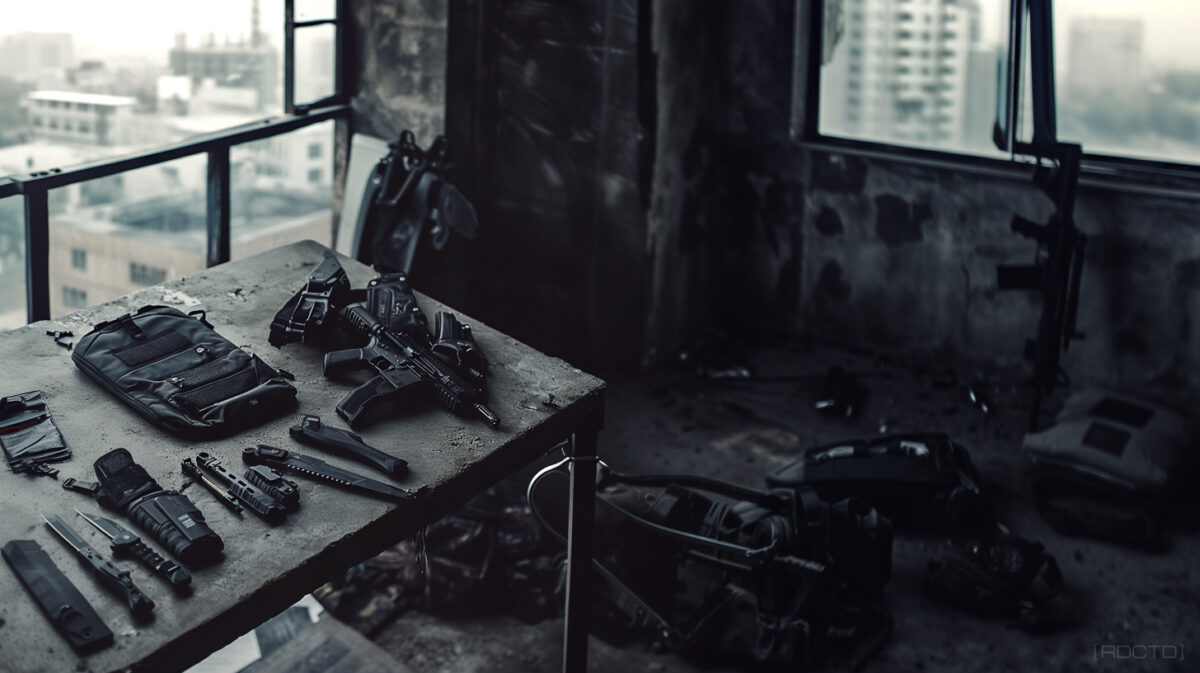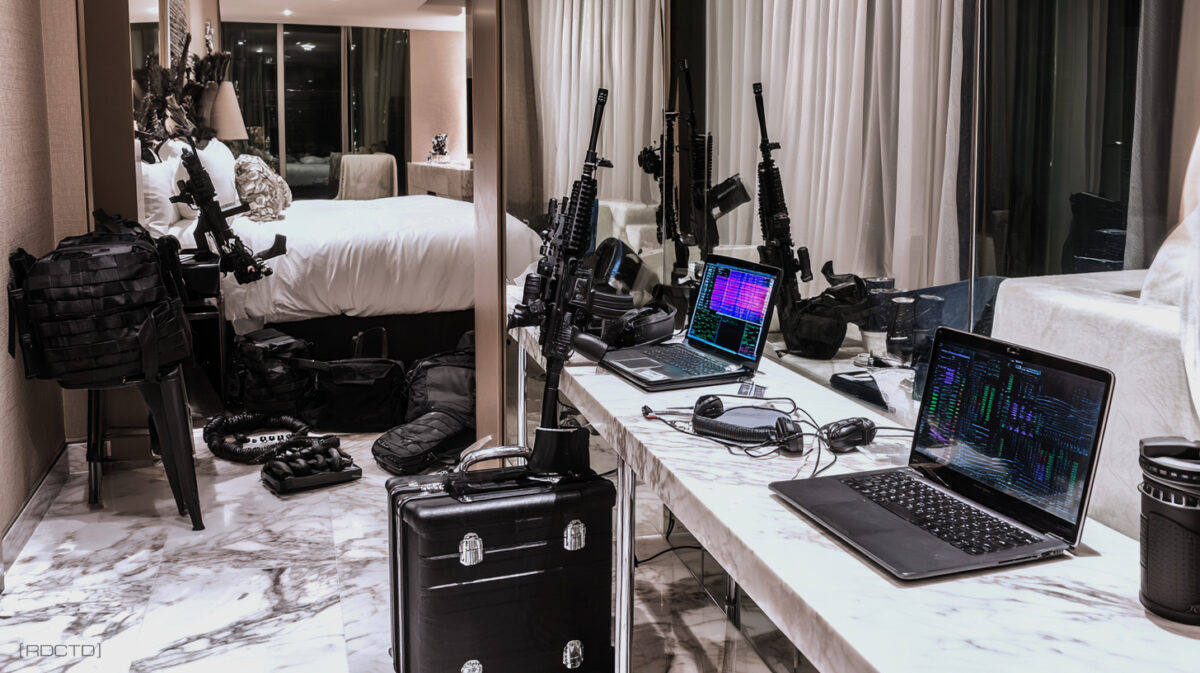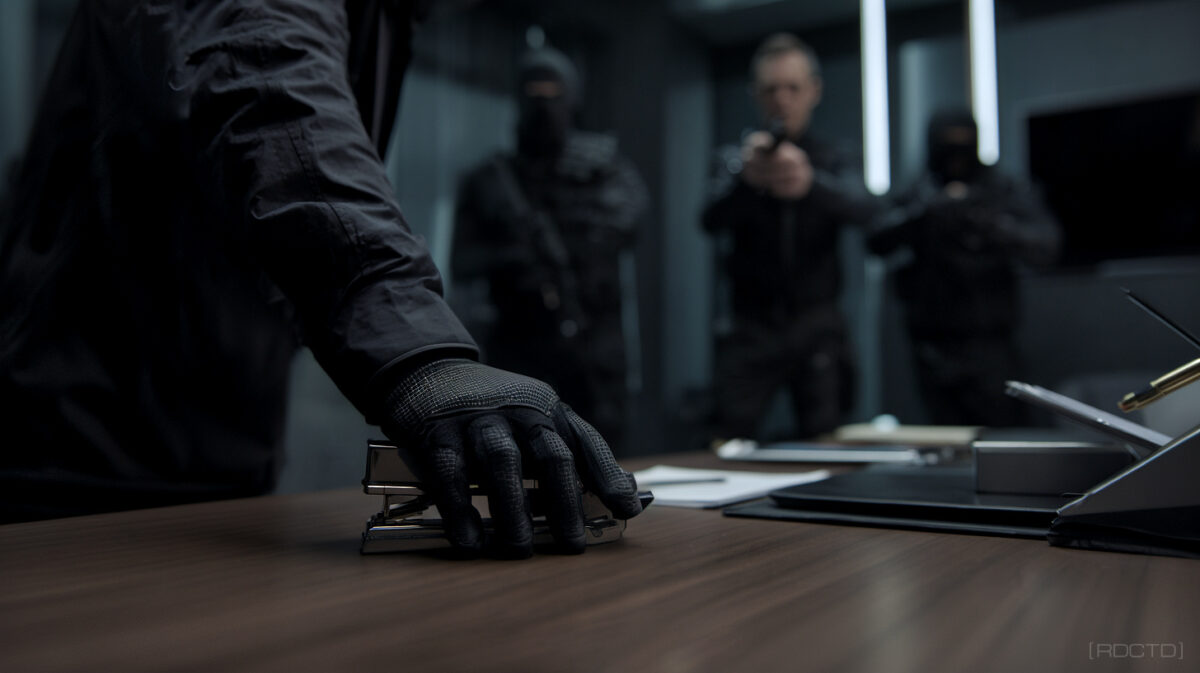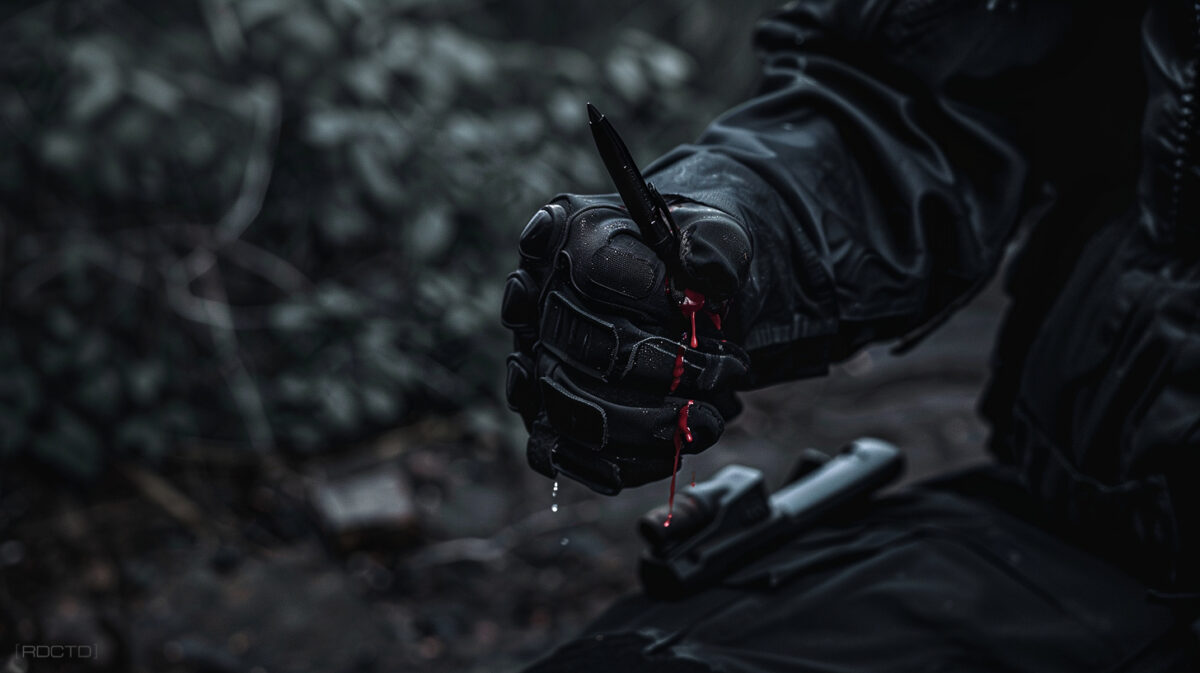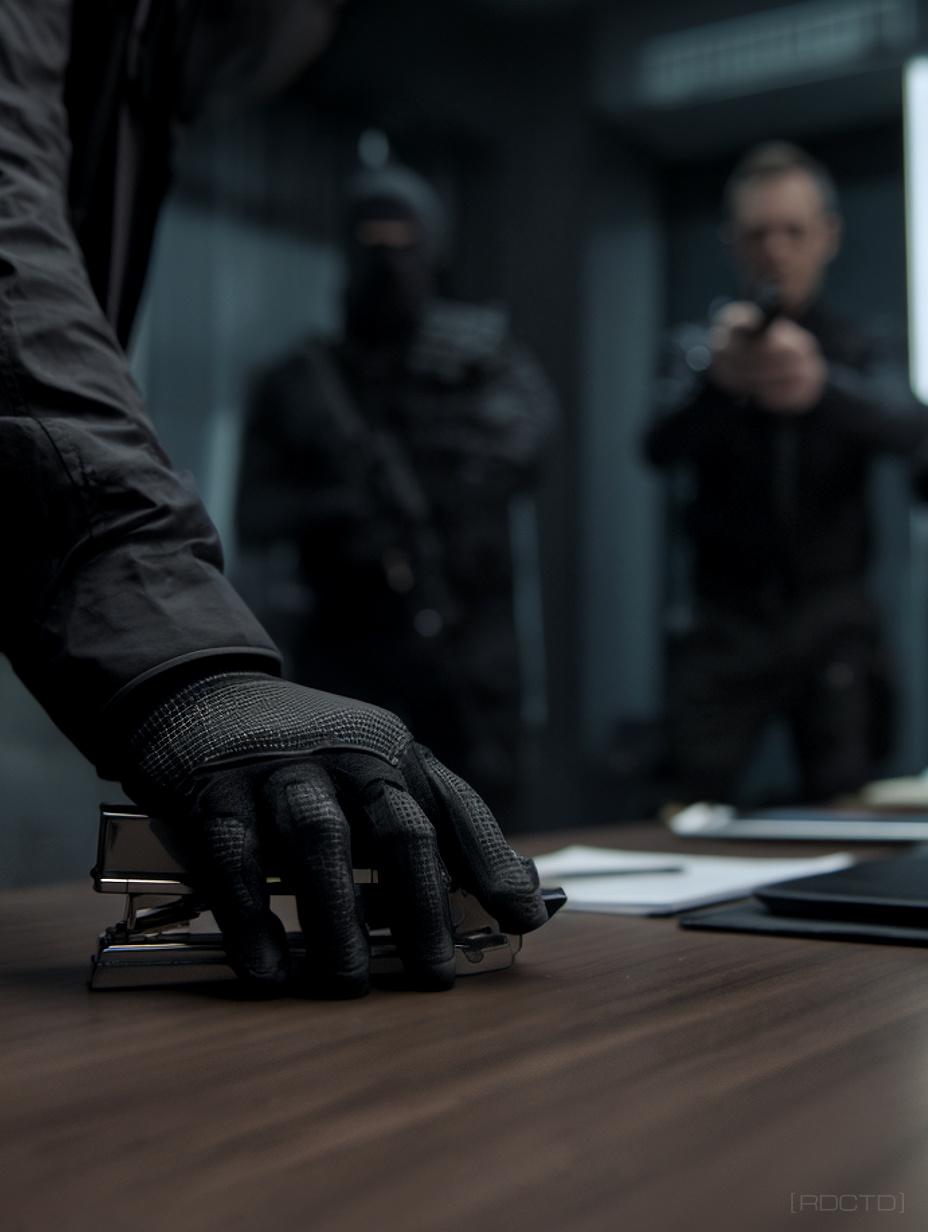 IEW is a field-adapted discipline within close-quarters combat that utilizes the immediate environment as a source of weapons, shields, or force multipliers to engage a superior enemy or outnumbering force.
IEW is a field-adapted discipline within close-quarters combat that utilizes the immediate environment as a source of weapons, shields, or force multipliers to engage a superior enemy or outnumbering force. The environment you engage an enemy in is only neutral until you adapt it to serve your intent, then you turn the room against them.
In a denied environment where traditional weapons aren’t available or permissible, IEW becomes essential. Operatives are often placed in situations where surprise, speed, and improvised violence of action are the only advantages against a numerically or physically superior threat.
It’s controlled chaos and calculated adaptation under pressure, using your surroundings to create asymmetry in your favor. It demands physical improvisation, mental flexibility and real-time problem-solving under stress. By mastering IEW, you ensure you’re never truly unarmed – only waiting for the right moment to strike with what’s already around them.
Improvised weaponology is intent applied to structure.
[ COMBAT LENS ]
![]()
The primary principle of Improvised Environmental Weaponology is that literally anything with mass, edge, leverage, or friction can serve a purpose in a fight.
An operative must be able to look at any environment not with passive awareness, but with an active, tactical mindset. What looks ordinary to most can be weaponized or exploited under pressure.
This requires training the brain to interpret space through a combat lens, where every object becomes a potential asset in violent encounters.
![]()
What Can Strike?
Seek out objects with solid weight and surface area – fire extinguishers, books, bottles, tool handles, or heavy cookware – that can deliver concussive trauma. Blunt-force tools disrupt balance, break structure, and create compliance through sheer impact without penetrating.
![]()
What Can be Thrown?
Look for handheld objects with weight, rigidity, or sharp edges that can disrupt vision, balance, or momentum. Cups, bottles, remote controls, or ashtrays are common throwables that can stun, cut, or distract long enough to bridge distance or break contact.
![]()
What Can Pierce?
Seek out pointed or edged items capable of puncture or slashing damage. Pens, broken glass, keys, metal cutlery, or shattered ceramics can target vulnerable areas and serve as equalizers against larger threats.
![]()
What Can Shield?
Recognize anything that can absorb, deflect, or interrupt an incoming attack. Chairs, bags, tabletops, or doors can provide temporary cover or be used to create space and redirect force.
![]()
What Can Blind?
Identify items that can obscure vision temporarily or permanently. Napkins, scarves, powder (like salt or sand), or even liquid thrown to the eyes can create a critical moment of disorientation, buying time for a follow-up strike or escape.
![]()
What Can Entangle?
Use flexible or semi-flexible materials to restrict movement, impede striking limbs, or control the opponent. Jackets, belts, backpack straps, shower curtains, or wires can trap arms, legs, or weapons with the right grip and angle.
![]()
To operate at this level, an IEW practitioner must view their surroundings not as static environments but as dynamic terrain. With enough repetition, this scanning process becomes instinctive, faster and more efficient.
No longer a conscious checklist, but a live threat model that updates in real-time. The operative who sees a chair as cover, a jacket as a restraint, and a mug as a weapon is never without options and never unarmed.
A weapon is just intent looking for structure. The untrained see furniture. The trained see leverage, cover, and kill angles.
[ STRATEGY ]
![]()
IEW is the deliberate application of available tools and terrain to create tactical overmatch in real time. It’s improvisation with precise action under pressure.
Timing and intent are everything. IEW is designed for when you’re weaponless and or at a disadvantage (facing a larger, armed, or more numerous threat) and need to shift momentum instantly.
In these moments, creating a shock effect through rapid, improvised violence is your lifeline. The goal is to break their rhythm before they can impose theirs.
Attack Sequencing:
Chaining actions and objects in quick succession creates confusion, hesitation, and sensory overload. The adversary is caught processing one action while the next is already in motion. That lag is your window to engage.
This is hardly elegant combatives or martial arts form but by imposing chaos with purpose before they can execute structure – it disrupts their plan with overwhelming improvisation. In close quarters, with no backup and no rules, your only objective is to end the threat or create the space to disappear.
Every object within reach is a choice: decoration, or domination.
[ OBSERVATION ]
![]()
This type of improvised close-quarters combat begins long before contact or even confrontation – it starts with how you observe the space you’re in.
Operatives must train themselves to assess any environment not just for exits or threats, but for tactical utility.
Every room, corridor, compartment, to even outdoor spaces – offers potential tools and terrain that can be exploited in a fight to your advantage. With repetition, this kind of environmental scanning becomes instinctive, a seamless part of pre-engagement situational awareness.
Environmental Features:
• Office Supplies – Pens, scissors, heavy staplers, hole punches, laptop chargers, clipboards, and filing trays can be repurposed into piercing, bludgeoning, or throwing weapons. Power cords and USB cables make fast improvised garrotes or limb entanglers.
• Doors – Not just entry and exit points. They can trap limbs, break fingers, or become moving barriers to isolate threats or separate multiple attackers. When timed right, even a lightweight door can change the geometry of a fight.
• Appliances and Fixtures – Items like irons, lamps, or kettles deliver unexpected weight and shock impact. Their cords can also be used for striking, entanglement, or even strangulation in extreme close quarters.
• Shower Rods or Poles – Long, lightweight, and rigid, these can serve as makeshift staves for jabbing, blocking, or leveraging distance in close quarters. A simple rod becomes a range advantage if you know how to use it.
• Furniture and Room Layout – Tables, bedframes, corners, and narrow pathways dictate movement. Position yourself to funnel attackers, limit their options, or pin them where their size or strength becomes irrelevant.
• Vehicles – Other than driving a car as a moving weapon; internally using seat belts, headrests, mirrors, pens, drink bottles, phone cords, and steering wheel locks can be used as weapons, restraints, or pressure tools.
• Cushions and Soft Objects – Couch cushions, seat pads, or even pillows can absorb slashes or suppress the sound of a weapon discharge. They double as improvised shields in tight spaces or barriers between you and a blade.
• Walls and Fixtures – Use walls for leverage, to bounce momentum, or to pin and trap. Know where solid footing ends and where slick tile or unstable furniture begins. Terrain affects tempo.
• Outdoors – Rocks, gravel, branches, trash bins, loose bricks, or sticks can be used for bludgeoning, throwing, or entangling. Terrain features, benches, fences, curbs, or uneven ground, become positioning tools to trap or unbalance the threat, especially in foot chases or ambush recovery.
• Curtains and Drapes – Large fabric surfaces can be ripped down quickly to obscure vision or entangle limbs. They’re excellent for buying seconds of confusion or executing a blind takedown.
• Mirrors and Glass Surfaces – These aren’t just visibility tools, they’re fragility points. Broken glass from mirrors or tabletops becomes sharp, psychological, and functional. Usable as both deterrent and weapon.
• Chairs and Rolling Furniture – Chairs can be shields, bludgeons, or barriers. Rolling office furniture adds mobility or can be used to knock an adversary off-balance during movement.
• Books and Hardbound Objects – Books, binders, or briefcases provide dense, compact mass for strikes to the face or neck. Their flat surface area also makes them effective for deflecting blades or concealing other tools.
• Floors and Ground Surfaces – Slippery tiles, raised thresholds, rugs, or elevation changes can be manipulated to your advantage. You can bait a slip, trip, or fall, or use ground angles for momentum in takedowns and positional dominance.
![]()
Understanding an environment goes beyond just passive observation to reading the opportunities for control before and in the middle of the chaos of combat. In confined quarters, knowing where to move (or where not to be) can determine if you overwhelm or get overwhelmed.
IEW practitioners don’t just memorize layouts, they rehearse mental blueprints for action. The operative who sees the tactical potential in every setting walks in with an advantage, even before the fight begins.
With training, improvised violence isn’t sloppy – it becomes stripped of ceremony and built for results.
[ EXECUTION ]
![]()
Success in this stage depends on grip, movement, and mindset. Knowing what to use is only half the battle – how you use it determines the outcome.
Execution demands fine control, precision, and body mechanics that turn any improvised object into extensions of your will.
Grip and movement aren’t random; they’re practiced and deliberate, grounded in principles from combatives, wrestling, and environmental manipulation. This physical control is the bridge between awareness and effect.
Weapons Management:
![]()
What separates a trained operative from a desperate brawler is a kinetic tradecraft mindset. Every action, strike, and counter is backed by decisive aggression applied at the exact moment the opponent falters.
The goal isn’t just to fight in the room, it’s to turn the room into an accomplice, attacking like the entire environment is on your side. The adversary doesn’t just face you but also the weight, geometry, and chaos of the space itself.
Combat improvisation is applied dominance under resource denial.
[ UTILITY ]
![]()
In covert operations, IEW has saved lives when everything else failed or wasn’t situationally possible – when weapons were unavailable, backup wasn’t coming, and the environment was all you had.
It’s not exactly traditional self-defense but seizing initiative in moments of extreme disadvantage and turning the tables through speed, violence of action, and creative exploitation of your surroundings.
The battlefield rarely looks like a field of battle, it might be a hotel lobby, a commuter train, a bathroom stall, or a conference room filled with civilians. In those moments, the operative who hesitates risks being overwhelmed.
You won’t always have a blade, a firearm, or even backup, but you’ll always have your environment – walls, objects, furniture, terrain – and that gives you options. With the right mindset and training, you learn to treat every environment not as a constraint, but as an armory.
Tactical improvisation is accelerated problem-solving with consequences.
[ FINAL ]
![]()
IEW turns limitations into leverage. It trains the operative to view every object and angle not as passive scenery, but as active elements of a fight.
When the unexpected hits, and you’re down to instinct and environment, this skill can be the deciding factor between survival and defeat.
![]()
// Anything with weight, edge, or resistance is a potential instrument of violence if you can turn it into intent.
[INFO : Reading a Room in 3 Seconds]
[OPTICS : Stapler Weaponization]
![[RDCTD]](https://rdctd.pro/wp-content/uploads/RDCTD-Covert-Operative-Tradecraft-Guide-LOGO-tk.png)
![[RDCTD]](https://rdctd.pro/wp-content/uploads/RDCTD-Covert-Operative-Tradecraft-Guide-LOGO-mobile.png)
